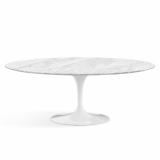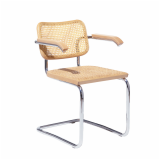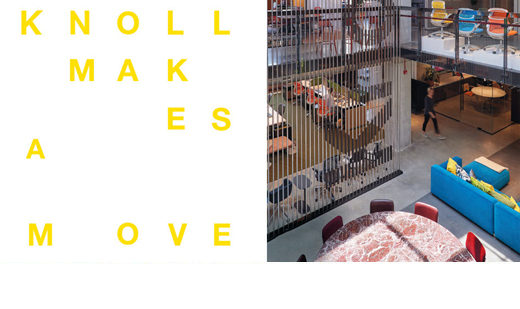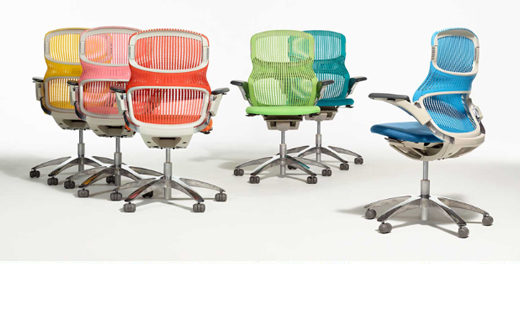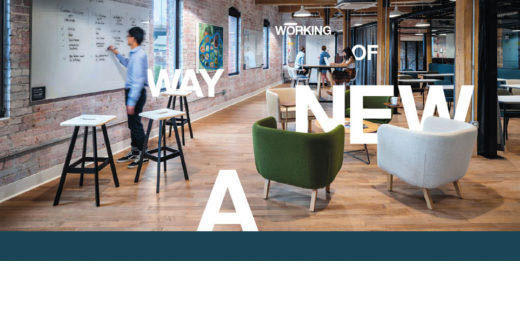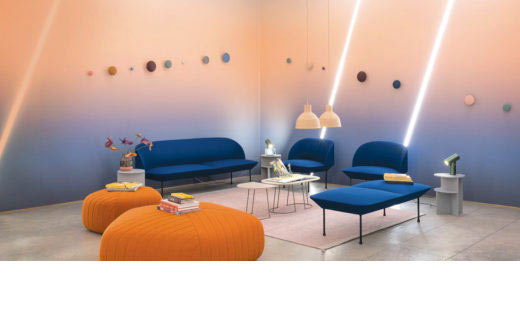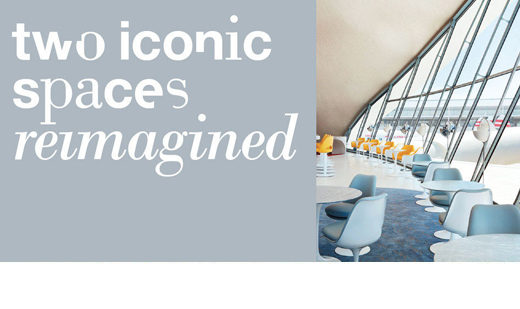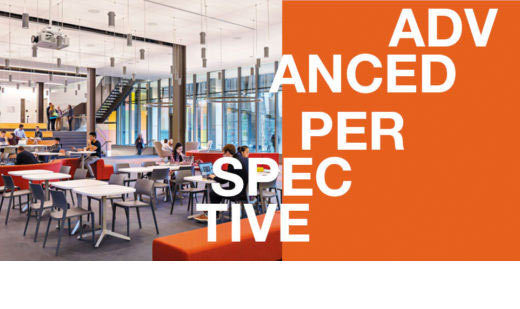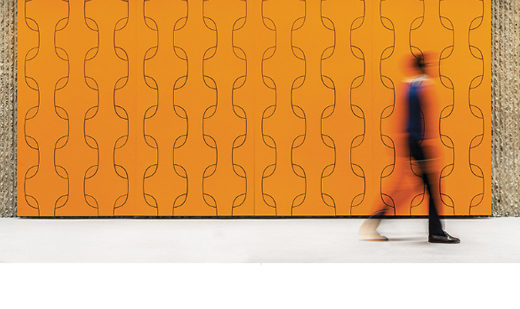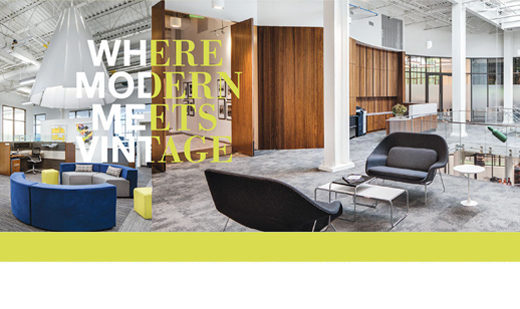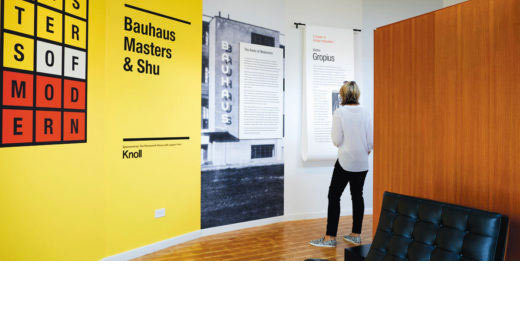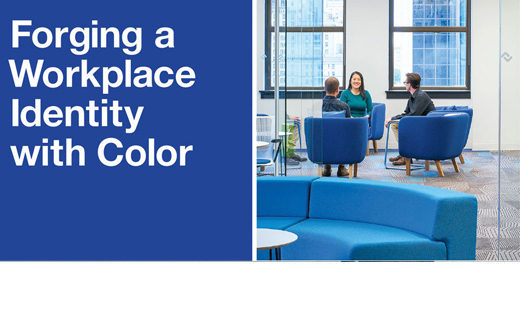Erwin Hauer Retrospective at Yale Showcases Designs for Spinneybeck | FilzFelt
The Austrian-born sculptor, Erwin Hauer, left behind not only a series of two- and three-dimensional tectonic works of art, but also a mode of thinking that spanned disciplines from art and architecture to mathematics and engineering.
His highly modular, simultaneously organic work bends and reflects natural light in every direction slowly revealing its intrinsic complexity. The geometry and depth of Hauer’s pieces caught Florence Knoll’s attention early on, further elevating their status as “quintessential forms of modernism,” according to a 1954 Domus magazine review. Florence Knoll looked to Hauer for space dividers and light-diffusing perforated walls as she designed and planned the corporate interiors of post-war America.

Today, Hauer’s designs live on and have been adapted for commercial and residential settings by Spinneybeck|FilzFelt. In the fall of 2019, at the Yale School of Architecture in New Haven, CT, Still Facing Infinity: The Tectonic Sculpture of Erwin Hauer exhibited screens and sculptures, including new designs in leather and felt—just blocks away from Erwin Hauer Design Associates, where Enrique Rosado, Hauer’s
longtime associate, carries out Hauer’s legacy and continues the production of his designs.

Hauer's work is replete with inspiration for those of us working with space and form.
The exhibition, highlighting the single problem Hauer grappled most with—how to encapsulate the infinite in a finite form—followed a chronological path, incorporating lesser-known sculptures from when Hauer lived in Mexico and some of
the last metal, helix-like designs he worked on before passing. His many attempts to solve the unsolvable, from Design 1 in 1950 to Design 11 in 1958, explore a plurality of parts and infinite planes across various materials and applications. Some of his wall-like structures, grouped under the name “Continua,” anchored Florence Knoll-designed spaces including the 1950 Knoll Showroom in Mexico City and the landmark 1956 Look Magazine offices.
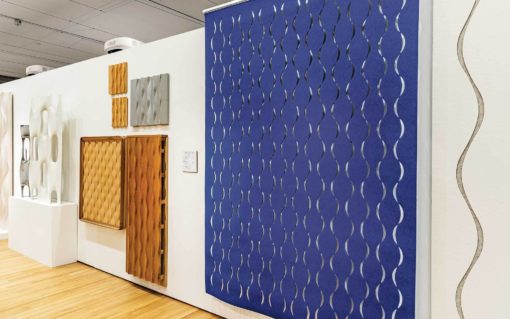
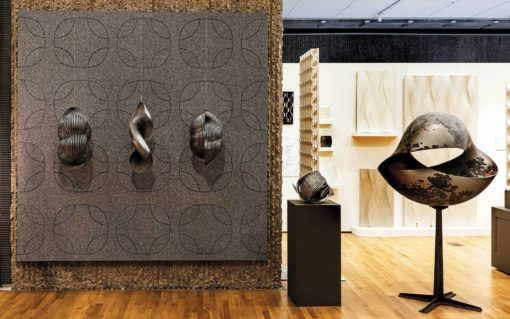
In 2014, Spinneybeck|FilzFelt partnered with Hauer and Rosado to adapt Design 6 to a leather-wrapped wall panel. The resulting Design 406 leverages the same modular construction, offering a product that can expand infinitely. The partnership also led to a collection of sound-absorbing FilzFelt screens and wall panels, all based on a range of Hauer’s designs, that create comfortable acoustic environments.
Andrew Benner, Yale School of Architecture Director of Exhibitions, commented, “Hauer’s work is replete with inspiration for those of us working with space and form. He charted out a path for building up a body of work from a line of investigation that then expands into a field of study as he explored the spatial potential of each variation he encountered along the way.

This story is from our debut issue of Knoll Works—a publication showcasing how our constellation of brands and planning capabilities create inspiring workspaces.







